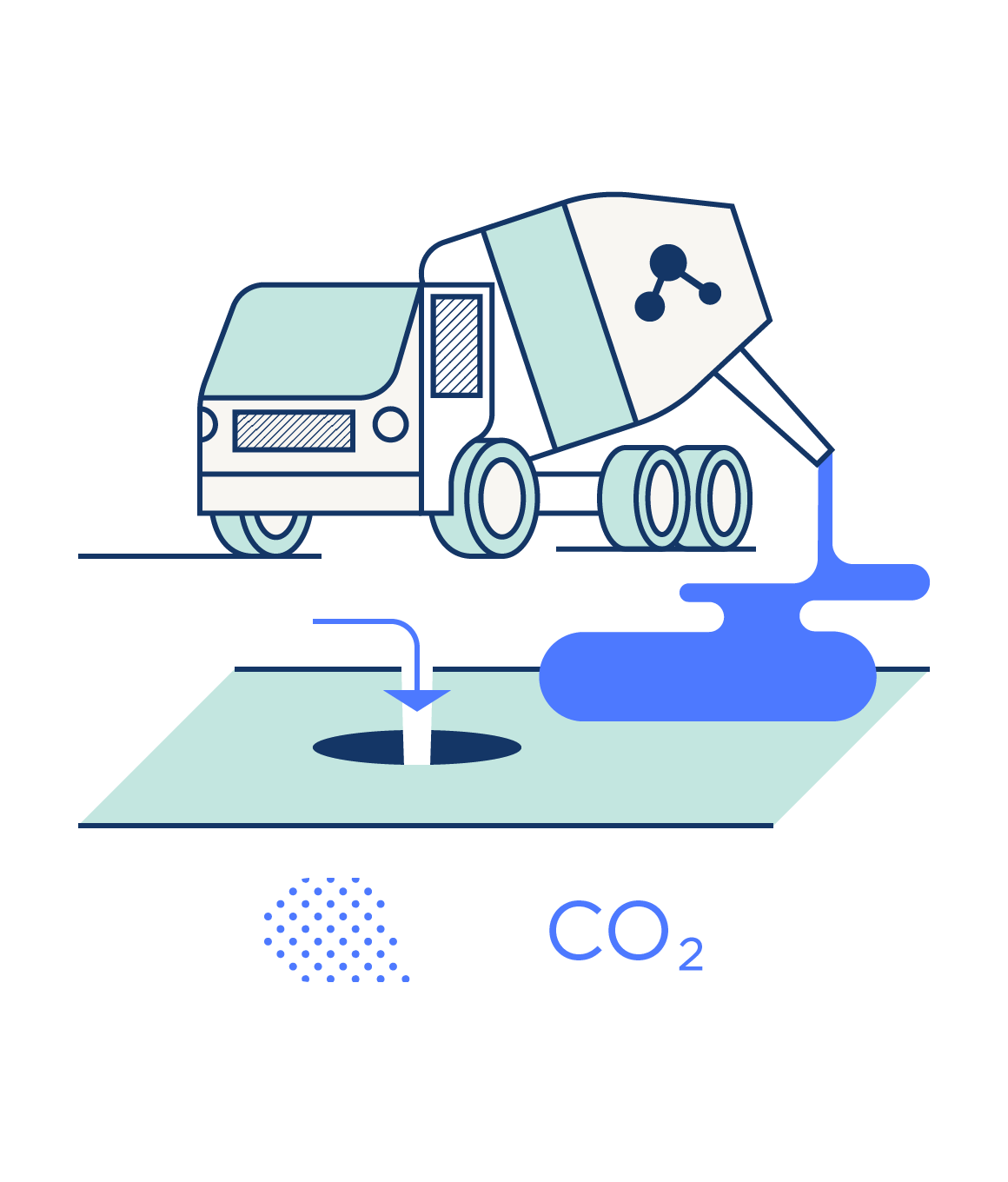The manufacture of traditional cement and concrete is a highly carbon-intensive process. Every pound of cement results in the emission of approximately 0.9 pounds of CO2, with approximately half of that resulting from the heating of kilns and the other half released by the chemical reaction of calcination.
California’s cement plants account for two percent of total statewide carbon emissions and almost 10 percent of industrial emissions, and have done so consistently over the past two decades.
While concrete’s end uses are diverse in purpose, it is almost entirely sourced from seven plants in California, though a plant in Cupertino closed in 2020. Cement plant-associated emissions at the eight plants in California have grown by 26 percent from 2011 to 2021 in California.
Without including the plant that closed, the emissions from the remaining seven operational plants have increased by 46 percent between over the same time frame.
Cement is used in almost every sector of construction, with no single use accounting for more than 20 percent of statewide consumption.
Although California’s cement plants are marginally more emissions-efficient on a per-ton basis than the average American plant, they emit more CO2e per ton of cement than plants in the rest of the world. For example, they emit about 33 percent more than plants in China and India.
